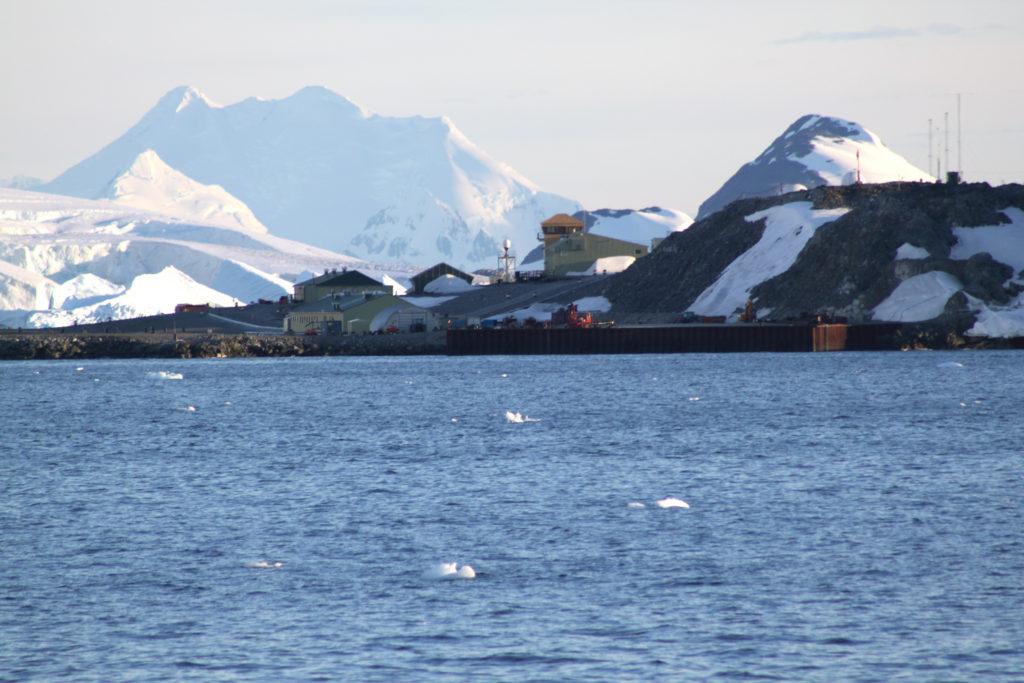
In discussions of global warming, we often hear about the effects of a 2-degree rise in temperature or a 1-degree rise in temperature. For most of us, such changes seem pretty insignificant. Of course, in our daily lives, a one-degree temperature change is not particularly noticeable. But in the context of climate change, we are talking about a change in average temperature over time, not the temperature on a particular day or at a particular time.
A group of researchers from the British Antarctic Survey and the Smithsonian Environmental Research Center decided to perform an experiment in which they warmed an area around the Rothera Research Station in Antarctica by either 1 Celsius degree or 2 Celsius degrees (or 1.8 or 3.6 Fahrenheit degrees) over an extended period and observed the effects on the local ecosystem. They did this by deploying heated settlement panels that warm the layer of water above them.
The results were that with a 1-degree increase in temperature, a single species of bryozoan (a tiny invertebrate species sometimes called moss animals) took off. That one species eventually dominated the community, reducing overall species diversity and evenness within just two months. Individuals of a specific type of marine worm called Romanchella perrieri, exploded in size, growing to a 70% larger size than those in cooler waters.
Raising the temperature by 2 degrees had a much more varied set of responses affecting growth rates and populations.
The results of this experiment suggest that climate change may have even greater effects on polar marine ecosystems than had been expected. As the planet warms, there will be winners and losers. It is unlikely that we will be among the winners.
**********
Web Links
What changes when you warm the Antarctic Ocean just 1 degree? Lots
Photo, posted January 23, 2010, courtesy of Flickr.
‘The Effects of One Degree’ from Earth Wise is a production of WAMC Northeast Public Radio.
Leave a Reply